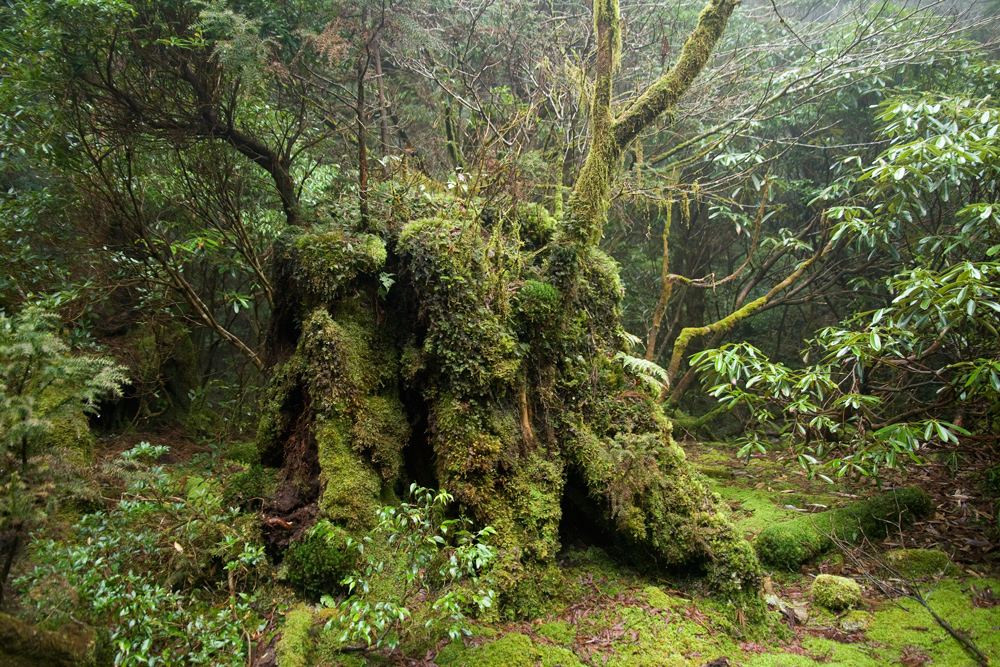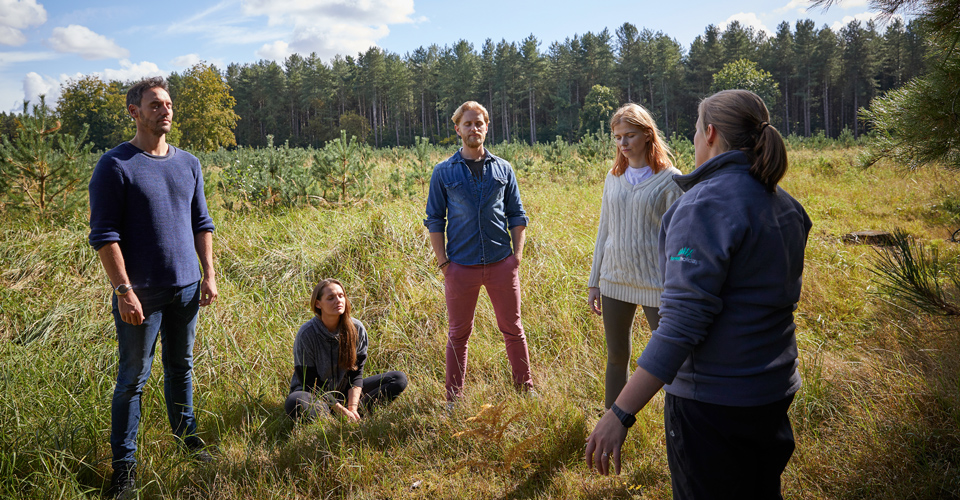- Home |
- Search Results |
- How to improve your health by ‘forest-bathing’

Forests are an amazing resource. They give us everything we rely on in order to exist. They produce oxygen, cleanse the air we breathe and purify our water. They stop flooding rivers and streams and the erosion of mountains and hills. They provide us with food, clothing and shelter, and with the materials we need for furniture and tools. In addition to this, forests have always helped us to heal our wounds and to cure our diseases. And, from time immemorial, they have relieved us of our worries, eased our troubled minds, restored and refreshed us. Until recently, however, there was little scientific evidence to support what we have always known innately about the healing power of the forest.
When people started to practise shinrin-yoku, in the early 1980s, it was based only on common sense and the intuitive idea that being in the beautiful green forests of Japan would be good for us. The term was invented in 1982 by the then Director General of the Forestry Agency of Agriculture, Forestry and Fisheries of Japan, Tomohide Akiyama, who stated that the people of Japan were in need of healing through nature. The idea was also part of a campaign to protect the forests. If people were encouraged to visit forests for their health, they would be more likely to want to protect and look after them.
In 1990, a preliminary research group went to Yakushima, a small, round island seventeen miles in diameter off southern Japan. Yakushima contains some of Japan’s most pristine forests, both subtropical and alpine, and there are waterfalls and hot springs. Thousands of different species of plants and hundreds of types of moss paint the forest a luminous, glowing green. The island has one of the wettest climates in the world. It is said to rain there for thirty-five days a month! Deer and monkeys roam free and with its dripping jungle of moss-covered sugi trees – Yakusugi – the forest has a mysterious, otherworldly beauty. It looks like it might have looked at the beginning of time.
What would the effect of walking on Yakushima be? How would people feel doing shinrin-yoku in the forest there?
In fact, I already knew this, from personal experience. I spent a week camping with my friends in that mysterious, glowing, green forest in 1988, when I was a student. I went during Golden Week – a holiday in Japan which includes Greenery Day, a day on which we commune with nature and are thankful for all its bounty and beauty. I didn’t realize it then, of course, but it now seems very appropriate! It was while I was on Yakushima during Golden Week that I became convinced that forest-bathing was absolutely essential to human health. That fascinating, inspiring visit was to have an important impact on the whole direction of my life and my future research.
That preliminary research trip in 1990 was more a speculative investigation than a scientific inquiry. It was filmed by Japanese television and showed that walking in the forest was associated with improved mood and increased energy. It was still a way off, but we were now at least on the road to understanding the feeling of health and wellness that being in the forest gives us.
It was not until 2004 that scientific investigation of the link between forests and human health began in earnest. Together with various government agencies and academic organizations in Japan – and still feeling inspired by my experiences on Yakushima – I helped found the Forest Therapy Study Group, with the express aim of discovering what it is about trees that makes us feel so much better. The following year, I set off for Iiyama city, in the mountainous north-western corner of Nagano Prefecture, taking twelve healthy middle-aged businessmen from Tokyo with me for a three-day scientific forest-bathing trip.

Forests have relieved us of our worries, eased our troubled minds, restored and refreshed us.
The forests of Iiyama are some of the most beautiful and unspoilt in Japan. With the giant beech trees of Mount Nahekura and the snowmelt waters of the Chikumagawa (also known as the Shinanogawa), the country’s longest river, the landscape is quintessentially Japanese. This is the romantic setting of traditional folk songs such as ‘Oborozukiyo’ (or ‘Moonlit Night’), which tells of a beautiful spring night in the countryside, and ‘Furusato’. Furusato means ‘old home’ or ‘home town’ and the composer of the song grew up in Nagano, near the forests of Iiyama. The song is full of yearning for the mountains and fields of his boyhood home. What better place for the world’s first forest-bathing experiment!

It was in Iiyama that we first scientifically proved that forest-bathing can:
• Boost the immune system
• Increase energy
• Decrease anxiety, depression and anger
• Reduce stress and bring about a state of relaxation
Based on the results of that forest-bathing study in April 2006, Iiyama became the first location in Japan to receive forest-therapy certification. The ‘green healing’ power of Iiyama’s forests had been scientifically demonstrated. There are now sixty-two certified forest-therapy bases in Japan, all of which have been proved to have particular healthful properties, and between 2.5 and 5 million people now walk the forest trails every year. Shinrin-yoku has become standard practice, a way in which Japanese people can manage their stress and look after their health.
We have now conducted numerous studies and collected a huge mass of data from hundreds of people on the impact of forest-bathing on various aspects of human health.